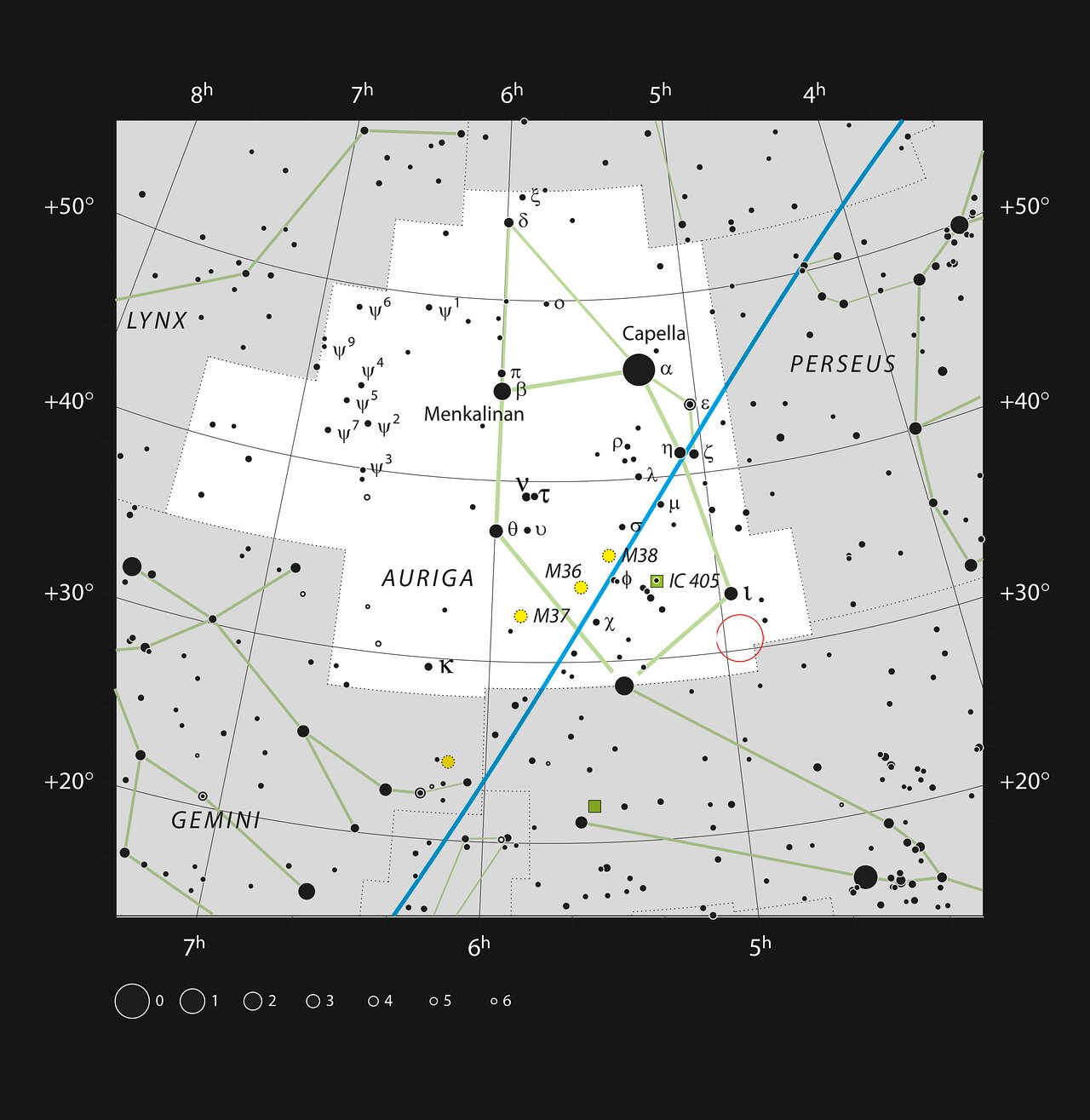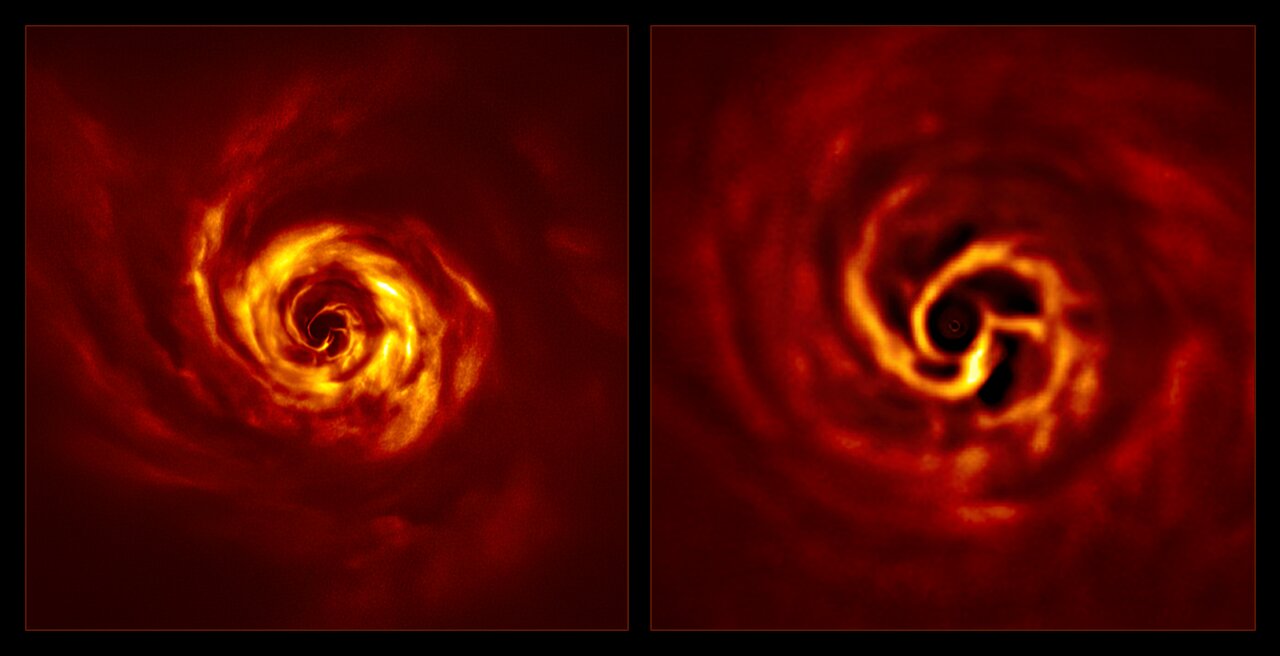
Over the past two decades, powerful instruments, like the now-retired Kepler space telescope, have allowed astronomers to identify thousands of exoplanets. While the unique new worlds, which range from fiery gas giants to icy spheres, have helped increase astronomers' knowledge about the development of planets, the process of how they form has always been a mystery. Now, scientists may finally get some answers thanks to the stunning, first-ever images of a new exoplanet being "born" about 520 light years from Earth.
The initial hints that a new world may be developing came in 2018, from images captured by the Atacama Large Millimeter/submillimeter Array (ALMA) — the world's largest radio telescope. They showed two spiraling arms of dust swirling close to a young star called AB Aurigae in the constellation Auriga. While Anthony Boccaletti from the Observatoire de Paris, PSL University in France believed the discs may be evidence of a new planetary system forming, the photos were not clear enough to confirm his suspicions.

To verify his hunch, in 2019 and 2020, Boccaletti and a team of researchers from France, Taiwan, the US, and Belgium used SPHERE, the adaptive optics system of the European Southern Observatory's (ESO) Very Large Telescope in Chile, to capture images of the area around the young AB Aurigae star.
The in-depth photos, which allowed the team to clearly identify the fainter light from small dust grains and emissions coming from the inner disc, confirmed the presence of the spiral arms ALMA had detected. Even more exciting was a bright yellow "twist" pattern in a cloud that lay approximately the same distance from the young star as Neptune is from our Sun. The scientists, who published their findings in the journal Astronomy & Astrophysics on April 29, 2020, believe the spiral is clear evidence that a new planet is being "born" around AB Aurigae.

"The twist is expected from some theoretical models of planet formation," says co-author Anne Dutrey from the Astrophysics Laboratory of Bordeaux (LAB).. "It corresponds to the connection of two spirals — one winding inwards of the planet's orbit, the other expanding outwards — which join at the planet location. They allow gas and dust from the disc to accrete onto the forming planet and make it grow."
The astronomers plan to photograph the AB Aurigae system once again in 2024, when ESO's Extremely Large Telescope (ELT), which is currently under construction, is ready. They believe images obtained using the revolutionary ground-based telescope, touted as the "world's biggest eye on the sky," will allow for an even closer look at the exoplanet's formation and enable them to better understand the dynamics behind the process.
Resources: ESO.org, wikipedia.org
